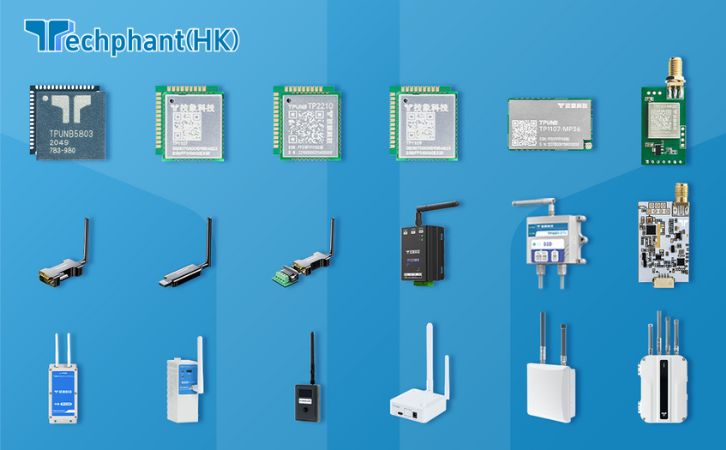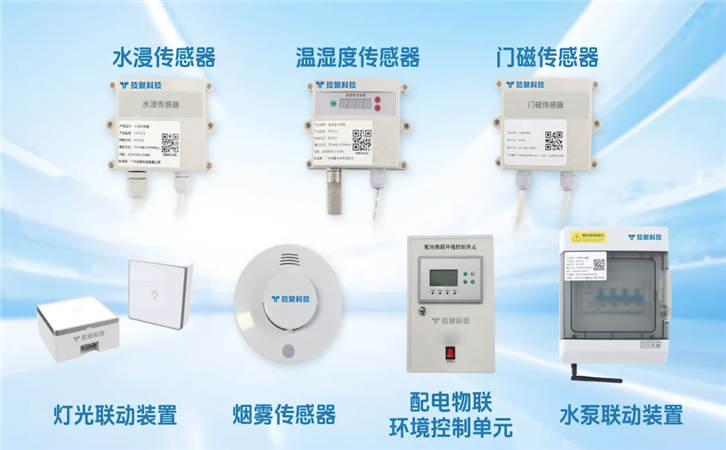The integration of the Industrial Internet of Things (IIoT) with Programmable Logic Controllers (PLCs) is revolutionizing automated process control in manufacturing and industrial environments. PLCs, long the backbone of industrial automation, provide reliable, real-time control of machinery and processes. By combining PLCs with IoT technologies—such as sensors, cloud computing, and advanced analytics—manufacturers can achieve unprecedented levels of efficiency, flexibility, and data-driven decision-making. This article explores how IoT integration with PLCs is shaping the future of automated process control, detailing its applications, benefits, and challenges.
I. The Synergy of IoT and PLCs in Industrial Automation
PLCs are specialized computers designed to control industrial processes, such as assembly lines, robotic systems, or chemical reactors, by executing programmed logic in real time. Traditionally, PLCs operated in isolated environments with limited connectivity. IoT integration enhances their capabilities by connecting them to a network of sensors, devices, and cloud platforms, creating a dynamic, data-rich ecosystem.
IoT-enabled PLCs collect data from sensors monitoring variables like temperature, pressure, or vibration and transmit it to centralized systems via protocols like MQTT or OPC UA. For example, in a bottling plant, IoT sensors on a conveyor system can feed data to a PLC, which adjusts motor speeds in real time to prevent jams. This data can also be sent to a cloud platform for analysis, enabling remote monitoring and optimization.
The synergy of IoT and PLCs lies in their complementary strengths: PLCs provide deterministic, low-latency control, while IoT adds connectivity, scalability, and advanced analytics. This combination enables smart factories to transition from reactive to proactive process control. For instance, a PLC controlling a welding robot can use IoT data to adjust parameters dynamically based on material properties, improving quality and reducing waste. By bridging the gap between operational technology (OT) and information technology (IT), IoT-PLCs pave the way for Industry 4.0 workflows.
II. Enabling Real-Time Monitoring and Predictive Maintenance
One of the most transformative benefits of integrating IoT with PLCs is the ability to enable real-time monitoring and predictive maintenance. IoT sensors embedded in machinery collect continuous data on performance metrics, which PLCs process locally to maintain operational stability. This data is also transmitted to IoT platforms for deeper analysis, enabling predictive insights.
For example, in an oil refinery, IoT sensors on a pump monitor vibration and temperature, feeding data to a PLC that controls the pump’s operation. If anomalies are detected, the PLC can adjust settings to prevent damage, while the IoT platform analyzes historical data to predict when maintenance is needed. This predictive maintenance approach can reduce unplanned downtime by up to 50%, according to industry studies, and extend equipment lifespan by 20–30%.
Real-time monitoring also enhances process visibility. IoT-enabled PLCs provide dashboards that display key performance indicators (KPIs) like production rates, energy consumption, or error rates. In a pharmaceutical manufacturing facility, for instance, a PLC controlling a mixing process can use IoT data to ensure precise ingredient ratios, with alerts sent to operators if deviations occur. This level of control ensures consistent quality and compliance with regulatory standards, making IoT-PLCs indispensable for high-stakes industries.
III. Enhancing Process Optimization and Scalability
IoT integration with PLCs drives process optimization by enabling data-driven adjustments and scalable automation. Traditional PLCs rely on pre-programmed logic, which limits their adaptability to changing conditions. IoT-enhanced PLCs, however, leverage real-time data from sensors and external systems to dynamically optimize processes.
In a food processing plant, for example, IoT sensors monitor oven temperatures and humidity, feeding data to a PLC that adjusts settings to maintain product consistency. The IoT platform can further analyze this data to recommend energy-saving adjustments, such as reducing oven preheat times during low-demand periods. Such optimizations can improve efficiency by 10–15%, according to industry benchmarks, while reducing operational costs.
Scalability is another key advantage. IoT-enabled PLCs can integrate with cloud platforms, allowing manufacturers to manage multiple facilities or production lines from a single interface. For instance, a global automotive manufacturer can use IoT-PLCs to synchronize assembly lines across different plants, ensuring consistent output and rapid response to demand fluctuations. This scalability supports flexible manufacturing, where production can be adjusted quickly to meet market needs or incorporate new products.
IV. Challenges in IoT-PLC Integration
Despite its potential, integrating IoT with PLCs presents several challenges. First, interoperability is a significant hurdle. Many factories use PLCs from different vendors, each with proprietary protocols and programming environments. Ensuring seamless communication between IoT devices and PLCs requires standardized protocols like OPC UA or MQTT, but retrofitting legacy PLCs to support these can be complex and costly.
Second, cybersecurity is a critical concern. IoT connectivity exposes PLCs to external networks, increasing the risk of cyberattacks. A compromised PLC could disrupt production or cause equipment damage. For example, a hacked PLC in a power plant could alter turbine settings, leading to catastrophic failures. Robust security measures, such as end-to-end encryption, secure authentication, and network segmentation, are essential but add implementation complexity.
Third, the integration process requires significant investment in infrastructure and expertise. Upgrading PLCs to support IoT connectivity, deploying sensors, and setting up cloud or edge computing systems can strain budgets, particularly for small and medium-sized enterprises. Additionally, managing the large volumes of data generated by IoT devices demands advanced analytics capabilities and skilled personnel.
Finally, workforce adaptation is a challenge. Operators and technicians need training to program, monitor, and maintain IoT-enabled PLCs. Resistance to new technologies or a lack of expertise can slow adoption. Addressing these challenges requires phased implementation, partnerships with IoT vendors, and investment in cybersecurity and training programs.
Conclusion
Integrating IoT with PLCs is transforming automated process control by combining real-time control with advanced data analytics, enabling smarter, more efficient, and scalable manufacturing operations. From predictive maintenance to process optimization, IoT-enabled PLCs empower manufacturers to reduce downtime, improve quality, and respond dynamically to changing conditions. However, challenges like interoperability, cybersecurity, and implementation costs must be carefully managed to unlock their full potential. As IoT and PLC technologies continue to evolve, their integration will drive the future of industrial automation, creating resilient, data-driven workflows that define the smart factories of tomorrow.


